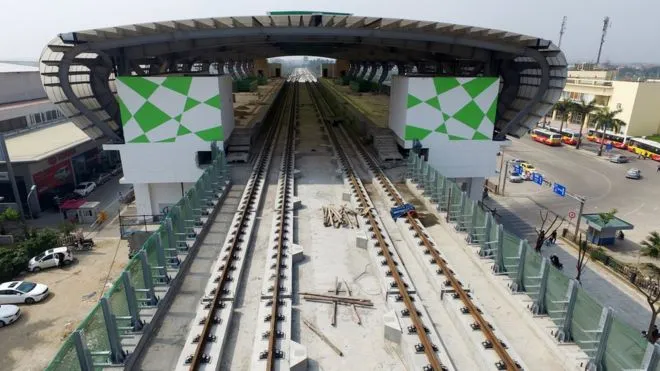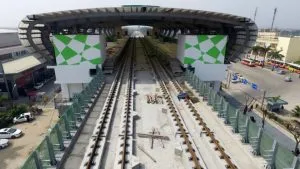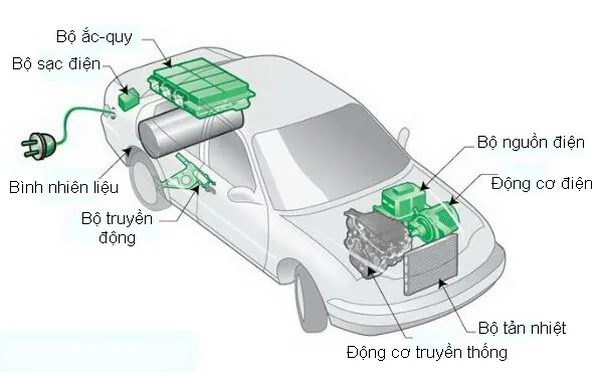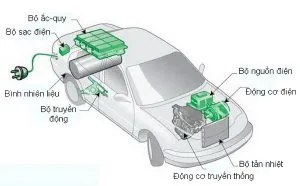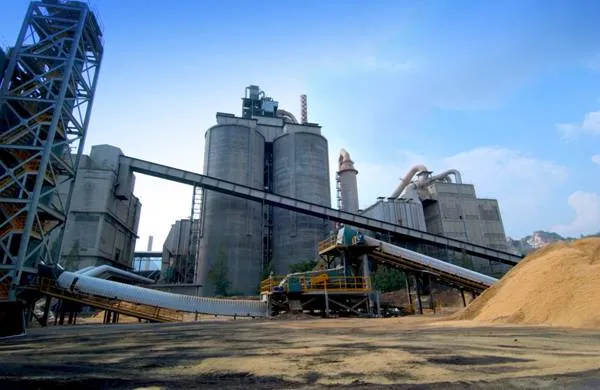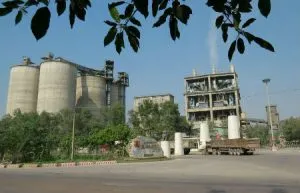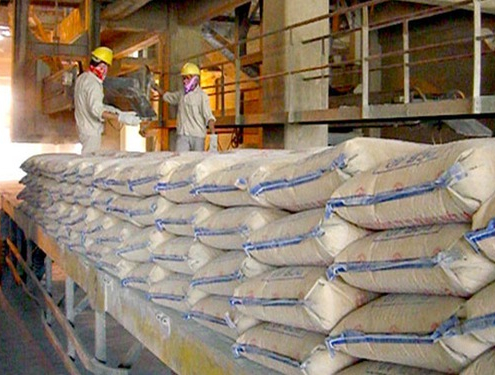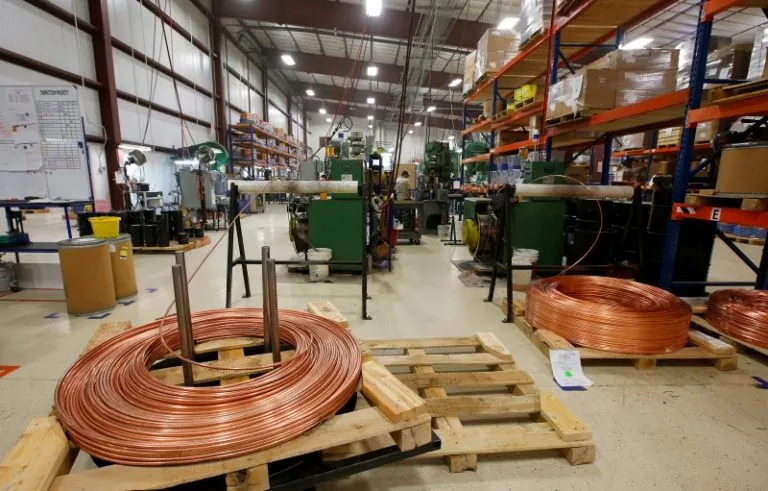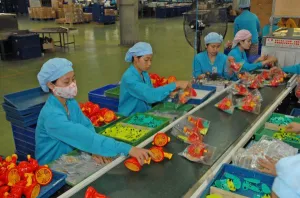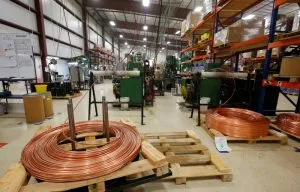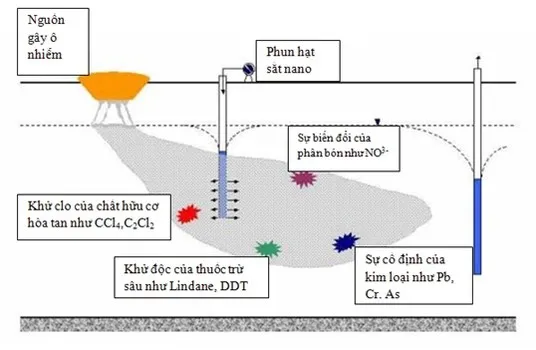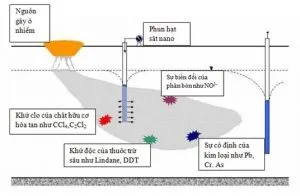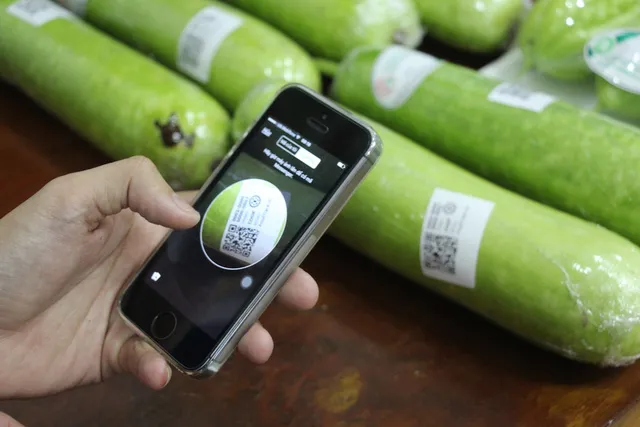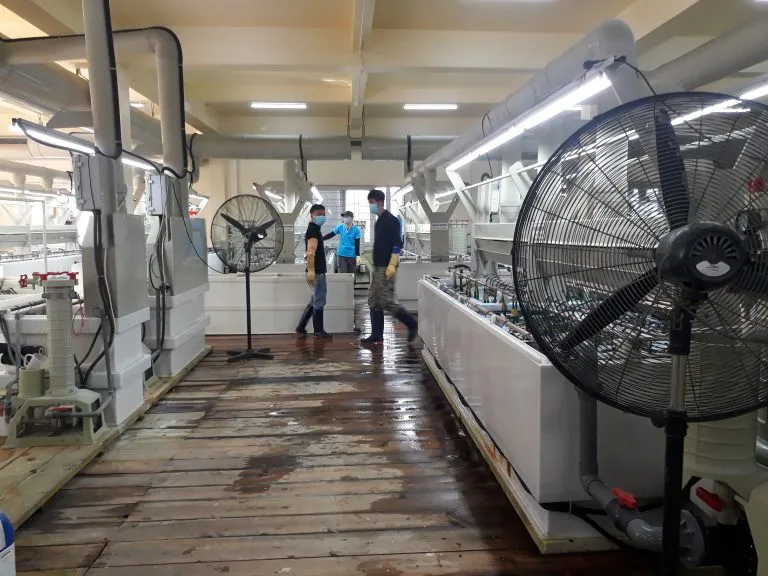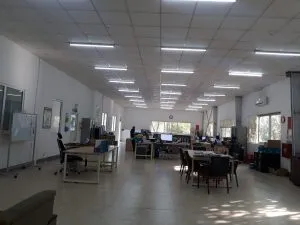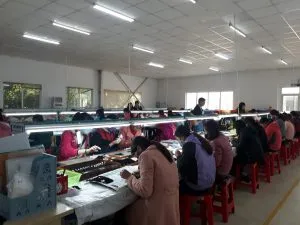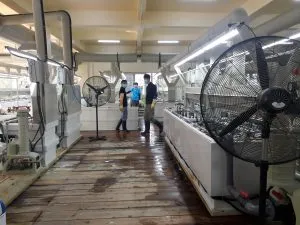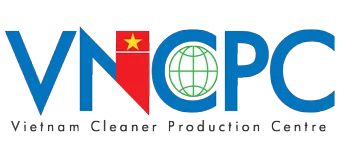Theo yêu cầu của UBND TP Hà Nội, các công trình chưa nghiệm thu PCCC sẽ không được nghiệm thu chất lượng công trình.
Vi phạm PCCC còn diễn biến phức tạp
Thông tin từ Cục Cảnh sát Phòng cháy chữa cháy (PCCC) và Cứu nạn cứu hộ cho hay, trong 9 tháng năm 2017, cả nước xảy ra 3.089 vụ cháy, làm chết 75 người, bị thương 143 người, thiệt hại về tài sản là 1.507 tỷ đồng và 806 ha rừng. Trong đó có 22 vụ cháy lớn, gây thiệt hại 1.104,5 tỷ đồng.
Thống kê của cơ quan chức năng cũng cho thấy, các vụ cháy xảy ra chủ yếu tại loại hình nhà dân-hộ gia đình kết hợp sản xuất, kinh doanh quy mô nhỏ nhưng gây thiệt hại lớn về người; cháy tại các cơ sở sản xuất trong khu công nghiệp gây thiệt hại nghiêm trọng về tài sản và cháy tại cơ sở, công trình cũ được xây dựng lâu đời, nhất là cơ sở được xây dựng trước khi có Luật Phòng cháy chữa cháy.
Còn theo báo cáo của UBND TP Hà Nội về tình hình xử lý 79 chung cư vi phạm PCCC (được nêu từ phiên chất vấn tại kỳ họp HĐND TP lần thứ tư đầu tháng 7/2017), TP đã thành lập đoàn kiểm tra liên ngành, kiểm tra định kỳ với các chung cư vi phạm 15 ngày một lần. Riêng với công trình do Cty tư nhân xây dựng số 1 Điện Biên làm chủ đầu tư thì kiểm tra 7 ngày một lần.

Vụ cháy quán karaoke trên đường Trần Thái Tông, Hà Nội. Ảnh: Thời báo Tài chính
Đến cuối tháng 11/2017 đã có 21 trên tổng số 79 chung cư vi phạm khắc phục xong. Còn 58 công trình chưa được nghiệm thu về PCCC, trong đó có 13 công trình của Công ty xây dựng số 1 Điện Biên. Với một số chủ đầu tư chây ỳ, cơ quan cảnh sát PCCC tiếp tục củng cố hồ sơ chuyển cơ quan cảnh sát điều tra xem xét, xử lý.
Cơ quan chức năng cũng đã xử phạt hành chính đối với chủ đầu tư của 48/58 công trình với tổng số tiền trên 3,4 tỷ đồng. Đơn cử như: Khối đế và tháp B -Tòa nhà hỗn hợp HH1 ngõ 102 Trường Chinh của Cty CP cơ điện và xây dựng Việt Nam; Tổ hợp văn phòng, dịch vụ thương mại và nhà ở xã hội số 30 đường Phạm Văn Đồng của Cty CP đầu tư xây dựng và thương mại dịch vụ Bắc Hà; Chung cư cảnh sát 113 Trung Kính của Cty TNHH Thăng Long; Tòa nhà FLC Complex 36 Phạm Hùng của Cty TNHH đầu tư và quản lý tòa nhà ION Complex…
Đặc biệt, đã quyết định tạm đình chỉ hoạt động 17 hạng mục công trình và đình chỉ hoạt động 25 hạng mục công trình trong đó có nhiều công trình chung cư lớn.
Không nghiệm thu chất lượng khi chưa nghiệm thu PCCC
Văn phòng UBND TP. Hà Nội vừa ban hành Thông báo truyền đạt kết luận của Phó Chủ tịch Thường trực UBND thành phố Nguyễn Văn Sửu tại cuộc họp giải quyết, khắc phục các vi phạm quy định về PCCC trong đầu tư xây dựng trên địa bàn thành phố.
Cụ thể, TP. Hà Nội chỉ đạo lực lượng Cảnh sát PCCC ngoài phối hợp với các Sở, ngành cần tăng cường kiểm tra các công trình vi phạm về PCCC; đối với nhóm công trình vi phạm quy định về PCCC khó có khả năng khắc phục, cần báo cáo Cục Cảnh sát phòng cháy chữa cháy và cứu nạn cứu hộ (PCCC&CNCH) – Bộ Công an, Vụ Khoa học công nghệ và Môi trường (Bộ Xây dựng) xin ý kiến, thống nhất các biện pháp, giải pháp thực hiện, vận dụng thực tiễn đối với từng trường hợp cụ thể.
Đối với nhóm công trình người dân không đồng ý cho chủ đầu tư tổ chức khắc phục: Phối hợp với UBND quận, huyện tổ chức tuyên truyền để nâng cao ý thức trách nhiệm cho người dân, kiên quyết áp dụng các biện pháp hành chính, bảo vệ thi công đối với trường hợp cản trở không cho chủ đâu tư thực hiện thi công khắc phục các tồn tại vi phạm về PCCC…
UBND TP cũng yêu cầu Sở Xây dựng không cấp phép xây dựng khi công trình chưa được cơ quan Cảnh sát PCCC cấp giấy chứng nhận thẩm duyệt thiết kế về PCCC; không nghiệm thu và cấp văn bản nghiệm thu chất lượng công trình khi chưa được cấp văn bản nghiệm thu về PCCC.
Chủ trì phối hợp với UBND các quận: Hai Bà Trưng, Hà Đông, Thanh Xuân, Long Biên, Cầu Giấy, Nam Từ Liêm, Bắc Từ Liêm tổ chức kiểm tra, thanh tra, xem xét trách nhiệm của cá nhân, các đơn vị có liên quan đối với các công trình xây dựng chủ đầu tư thi công khi chưa được các cơ quan quản lý nhà nước cho phép…
Sở Quy hoạch Kiến trúc, TN&MT phối hợp với Cảnh sát PCCC thành phố đánh giá thực tế việc điều chỉnh chuyển đổi công năng sử dụng, nâng tầng của các công trình thay đổi so với hồ sơ thiết kế đã được phê duyệt, đồng thời, đưa ra các giải pháp, biện pháp cụ thể báo cáo UBND thành phố xem xét, chấp thuận.
Cùng với đó, không giới thiệu địa điểm cấp đất, giao đất, cho thuê đất đối với các đơn vị đang là chủ đầu tư công trình nhà chung cư cao tầng vi phạm quy định về PCCC trong đầu tư xây dựng hiện nay chưa được khắc phục.
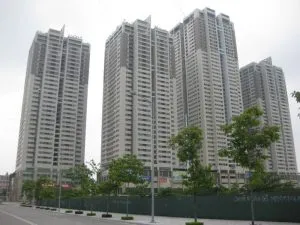
UBND TP cũng yêu cầu Sở Xây dựng không cấp phép xây dựng khi công trình chưa được cơ quan Cảnh sát PCCC cấp giấy chứng nhận thẩm duyệt thiết kế về PCCC.
Sở GTVT phối hợp với Cảnh sát PCCC, Sở Xây dựng, UBND quận, huyện kiểm tra, đánh giá thực tế đường giao thông phục vụ chữa cháy đối với 3 công trình không đảm bảo khả năng tiếp cận của xe thang, xe chữa cháy, đề xuất UBND thành phố các biện pháp, giải pháp thực hiện đối với từng trường hợp cụ thể.
Sở Kế hoạch và Đầu tư phối hợp với Cảnh sát PCCC thực hiện có hiệu quả trong việc cấp phép, phê duyệt dự án. Cụ thể, trong quyết định phê duyệt dự án, Giấy chứng nhận đầu tư phải bổ sung nội dung “Các dự án, công trình phải đảm bảo điều kiện an toàn về PCCC theo Luật PCCC quy định”.
UBND TP Hà Nội cũng chỉ đạo Sở Tư pháp phối hợp với Sở Xây dựng, Công an thành phố, Cảnh sát PCCC xây dựng quy trình, thủ tục đảm bảo yếu tố pháp lý và những điều kiện liên quan để tổ chức xử lý, cưỡng chế các trường hợp chây ỳ, cố tình vi phạm kéo dài, kể cả các chung cư chưa đủ điều kiện an toàn PCCC mà người dân đã vào ở.
Giao Công an thành phố chỉ đạo Công an quận, huyện, thị xã và phòng, ban chức năng phối hợp với chính quyền địa phương trên địa bàn thành phố có các công trình vi phạm về PCCC tổ chức để áp dụng biện pháp hành chính. Tiếp nhận hồ sơ quản lý về PCCC của các công trình vi phạm về PCCC, xem xét và đề xuất xử lý chủ đầu tư theo quy định pháp luật.
Theo Vietq

